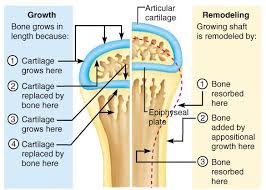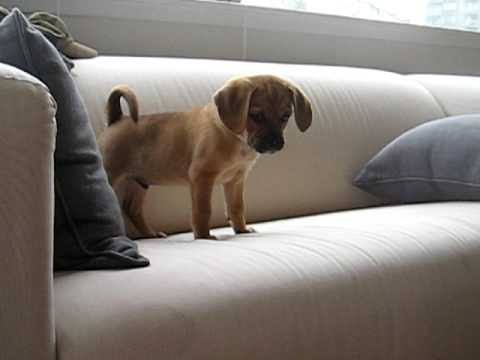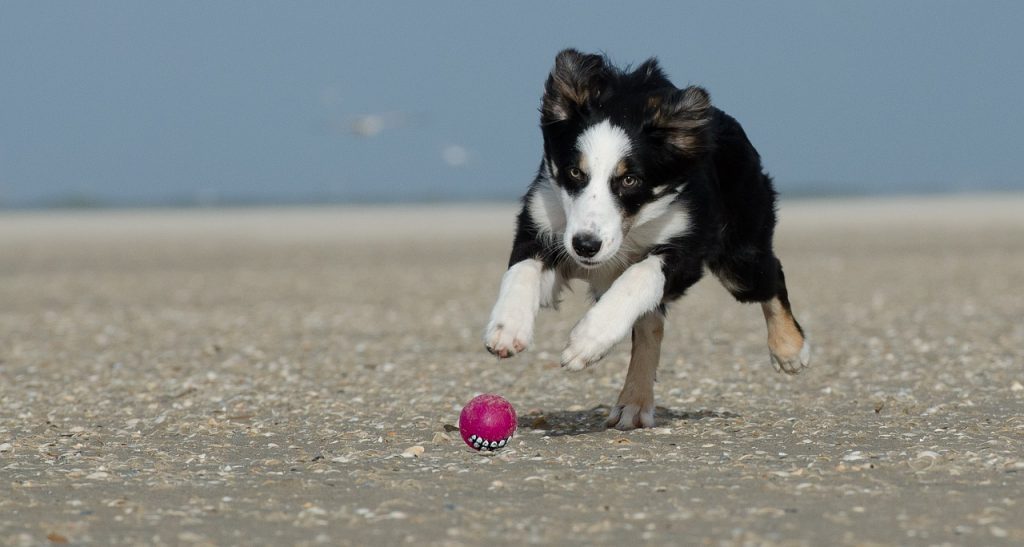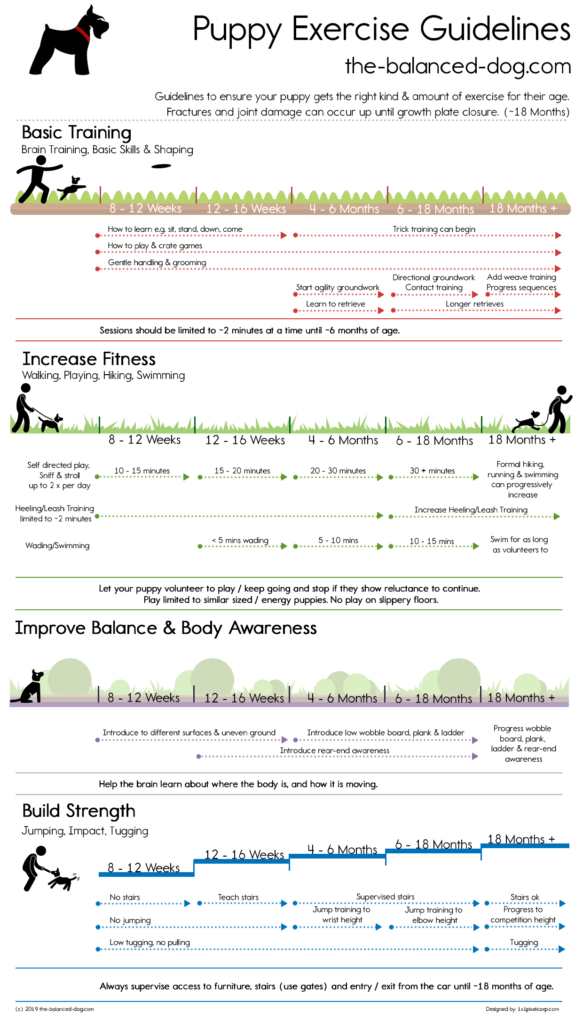If you have a puppy or plan to get one, it’s important that you let them exercise on a regular basis. The amount of safe puppy exercise can however be a balancing act. You want to keep your puppy safe from growth plate injuries, but at the same time, their bones are living tissue and become stronger because of the stresses placed on them. Our puppy exercise guidelines will give you step-by-step guidance on appropriate age-related activity*.
What Is a Growth Plate?
Growth plates are the area of active new bone near the end of the long bones. They’re made up of cartilage, a rubbery, flexible material. Each long bone has at least two growth plates, one at each end.

The growth plate determines the future length and shape of your dog’s mature bone. When your puppies’ growth is complete, at approximately 12-18 months of age, the growth plates close and are replaced by solid bone.
Why Do Growth Plates Matter?
The growth plate is the weakest area of your puppies growing skeleton, weaker than the nearby ligaments and tendons that connect bones to other bones and muscles. In a puppy, a serious injury to a joint is more likely to damage a growth plate than the ligaments that stabilize the joint. An injury that would cause a sprain in an adult dog can be associated with a growth plate injury in a puppy.
Growth plate injuries often heal well. However, the most frequent complication is the premature closure of the growth plate. When the growth plate closes early, the affected bone grows less than it would have without the injury. The result may be a limb that is shorter than the opposite, uninjured limb. If only part of the growth plate is injured, growth may be uneven and the limb may become crooked.
How Do Growth Plate Injuries Happen?
Most growth plate injuries happen from falling or twisting. Fast-moving activities and too much repetition are also common causes.

So while it may be fun to watch your puppy slip and slide on your hardwood floor, or jump off your sofa, these activities increase the risk of growth plate injuries.
Should My Puppy Avoid All Exercise?
The simple answer is no!
Bones are living tissue and grow according to the stresses placed on them. These stresses include appropriate amounts and types of exercise throughout puppyhood.
Too much exercise, either due to excessive bouts of exercise, or a single overload event, may cause an injury to occur.
At the same time, too little exercise may lead to your puppies’ bones not developing to their true potential.
How Can My Puppy Avoid Growth Plate Injuries?
Your puppy needs the right amount and type of exercise for their age. Accidents may still happen but ensuring enough stress, without overdoing it, will give your puppy the best opportunity of developing a strong skeleton.
Examples of good exercise include:
- Playing with other dogs/puppies of similar energy levels.
- Self-directed play.
- Short walks that lengthen over time.
As your puppy grows you can then progressively introduce activities like stairs, jumping, and swimming. Check out our puppy exercise chart below for more details.

Puppy Exercise Guidelines
With this in mind, we’ve put together guidelines for safe exercise through your puppies growth phases. Feel free to share it with your friends.
The above guidelines are printer friendly, in both color and black and white. It’s best to save the image and then print from there.
While these guidelines minimize the risk of growth plate injuries, they may still occur despite your best attempts. Please talk to your Vet if you need more detailed advice about your puppies’ individual situation.
Check out our article titled “How Much Exercise Does a Puppy Need?” if you would like to learn more about exercise recommendations. Alternatively, if you want to learn about desensitizing your puppy to touch click here.


